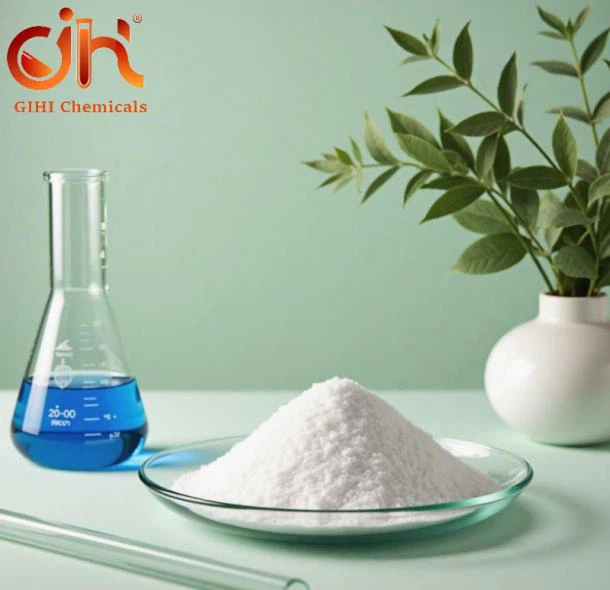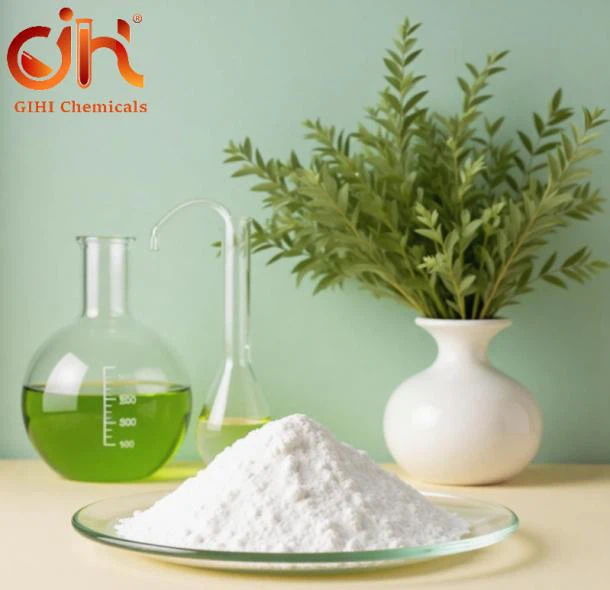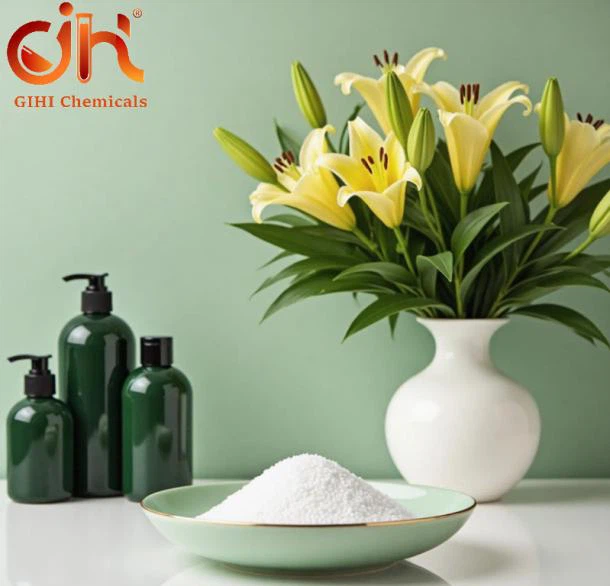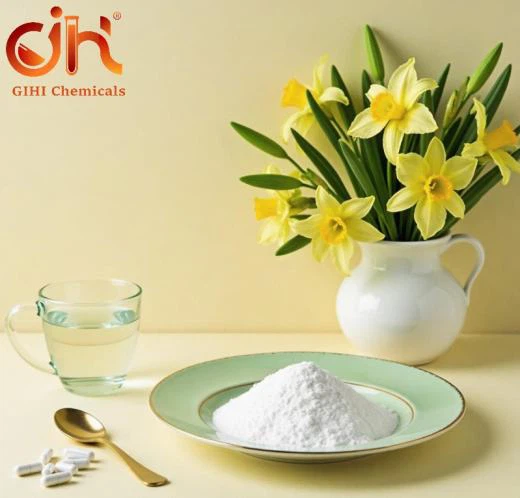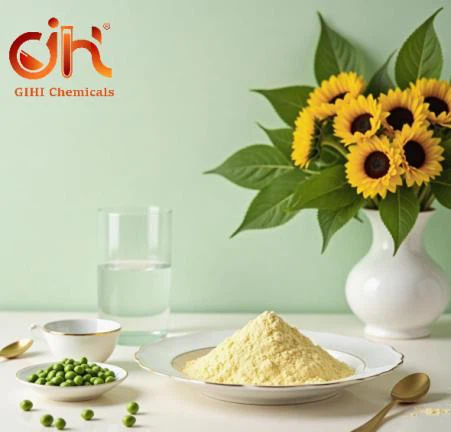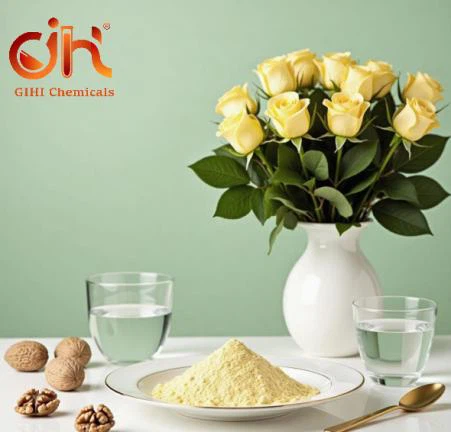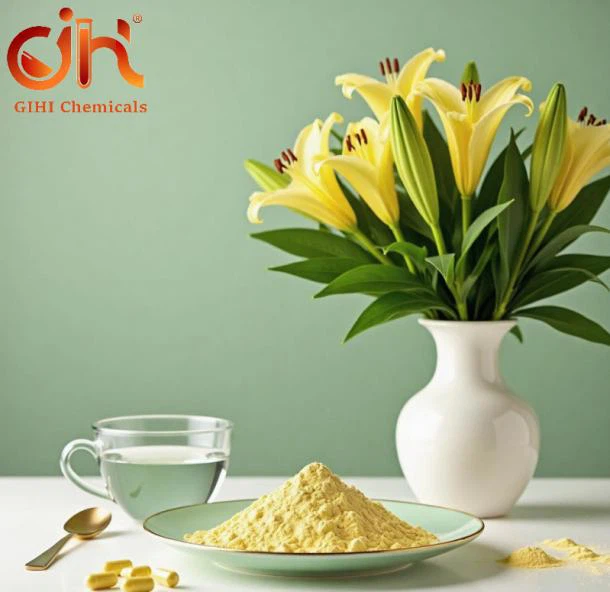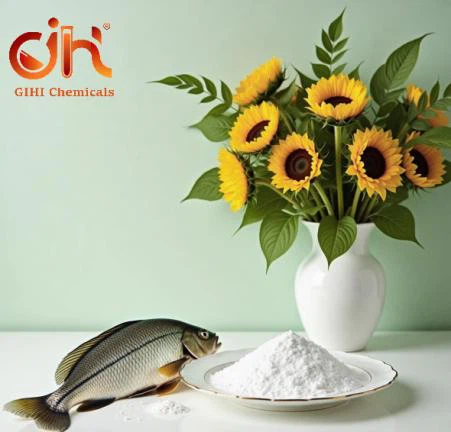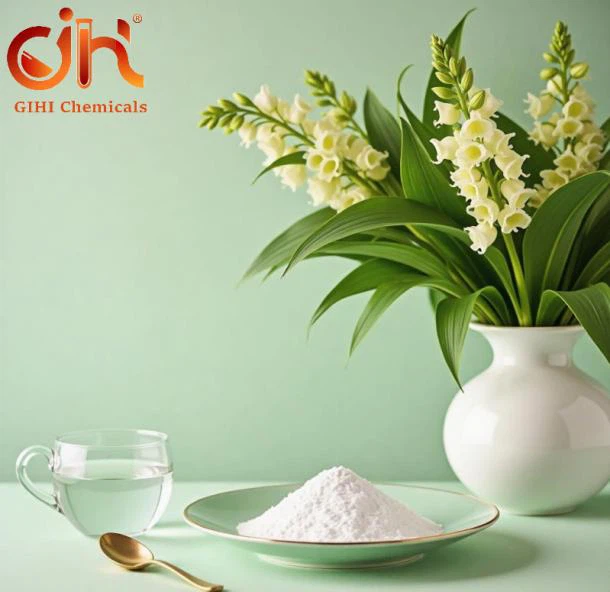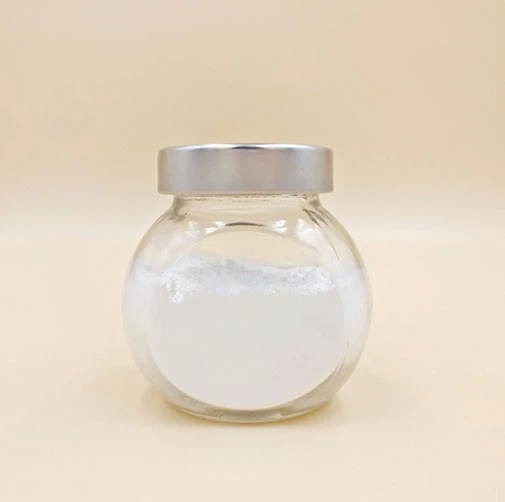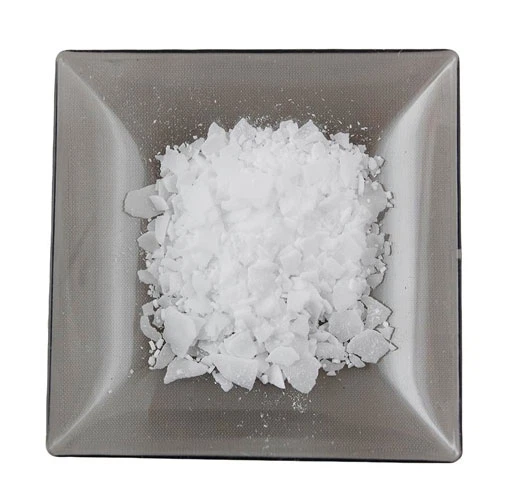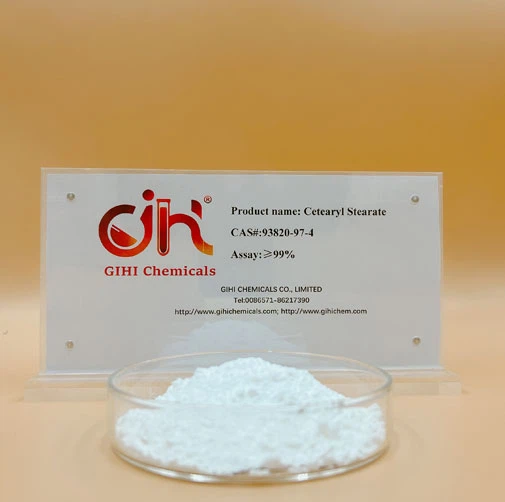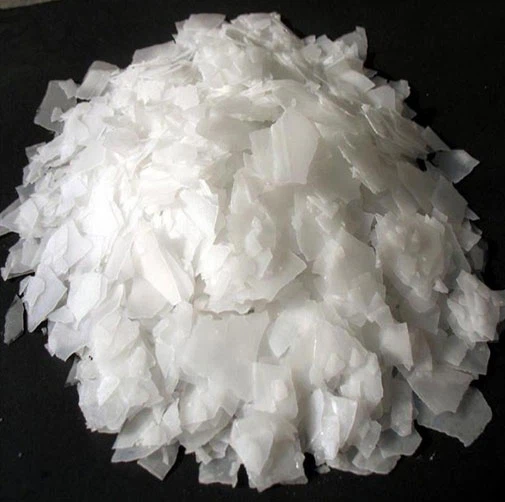Product Brief Introduction
Product name:Thioctic Acid (solvent Free) granular
CAS:1077-28-7
MF:C8H14O2S2
MW:206.33
Product Specification
|
Item |
Specification |
|
Appearance |
Slightly yellow crystal powder |
|
Identification |
HPLC:Meets the requirements |
|
Solubility |
Meets the requirements |
|
Appearance of Solution |
Meets the requirements |
|
Melting point |
60.0℃-62℃ |
|
Specific rotation |
-1.0°~+1.0° |
|
Loss on drying |
≤ 0.20% |
|
Sulfated Ash |
≤ 0.10% |
|
Heavy Metals |
≤10ppm |
|
Lead |
≤3ppm |
|
Arsenic |
≤1ppm |
|
Cadmium |
≤1ppm |
|
Mercury |
≤0.1ppm |
|
Polymer content |
≤2.0% |
|
Related substances |
Impurity A ≤ 0.2% |
|
Unspecified impurity : ≤ 0.10% |
|
|
Total impurities: ≤0.3% |
|
|
Residual Solvents |
Ethanol: ≤ 2000ppm |
|
Ethyl Acetate: ≤5ppm |
|
|
Cyelohexane: ≤5ppm |
|
|
Toluene : ≤5ppm |
|
|
Total plate counts |
≤ 1000cfu/g |
|
Molds and Yeasts |
≤ 100cfu/g |
|
E.coli |
Negative/g |
|
Salmonella |
Negative/10g |
|
Staphylococcus aureus |
Negative/g |
|
Particle Size |
25~60mesh |
|
Loose Bulk density |
Report result |
|
Tapped Density |
Report result |
|
Assay (on dried basis) |
97.0% ~102.0% |
Product Effect Introduction
Alpha-lipoic acid (ALA) is a natural compound with powerful antioxidant capacity and is widely used in the fields of medicine and health care. Its chemical name is 1,2-dithiolan-3-pentanoic acid, and its molecular structure contains a five-membered disulfide ring, which gives it significant electrophilicity and the ability to react with free radicals.
Functions and effects
Alpha-lipoic acid is a powerful antioxidant that is both fat-soluble and water-soluble. It can scavenge a variety of free radicals, such as hydroxyl radicals, hydrogen peroxide, singlet oxygen, etc. It also regenerates other antioxidants, such as vitamin C, vitamin E, and coenzyme Q10, returning them to their active state.
Alpha-lipoic acid plays an important role in the energy metabolism of cells, especially in the citric acid cycle reaction within mitochondria, helping cells to produce ATP (adenosine triphosphate), thereby providing energy.
Alpha-lipoic acid can stabilize blood sugar levels, promote the absorption and utilization of glucose, and has a significant effect on blood sugar control in diabetic patients.
It can cross the blood-brain barrier and enter the brain, providing energy support to the brain and fighting neurodegenerative diseases.
Alpha-lipoic acid helps remove toxins from the liver, relieves symptoms of fatty liver disease, and lowers plasma cholesterol.
Lipoic acid can eliminate free radicals that accelerate aging and disease, activate telomerase to promote telomere extension, and delay the aging process.
Application areas
Alpha-lipoic acid is used to treat diabetes and the peripheral neuropathy and other complications it causes.
It reduces oxidative stress, protects heart health and prevents arteriosclerosis.
Lipoic acid, as an antioxidant, also has potential applications in anti-cancer treatments, where it can enhance the effects of chemotherapy drugs.
Adding alpha-lipoic acid to skin care products can improve skin texture and tone and prevent skin inflammation.
Food source
Although the body can synthesize small amounts of alpha-lipoic acid, it is mainly obtained through food and supplements. Foods rich in alpha-lipoic acid include animal offal (heart, kidney, liver), spinach, tomatoes, potatoes, etc.
Alpha-lipoic acid plays an important role in medicine and health care due to its unique antioxidant properties and versatility.




